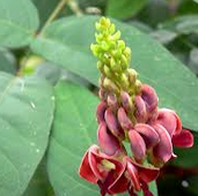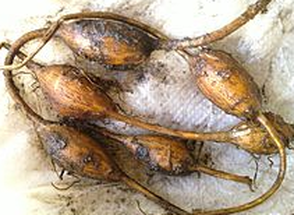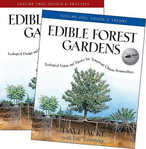 Apios americana, Groundnut Apios americana, Groundnut We can think of at least 180 great forest garden & perennial crops for cold climate Sweden. Want to hear about them? Over the course of the next year we will profile 5 a week on the blog. Perennial plants and crops offer a low energy, oil & resource input based foundation for future-proof agricultures. By default if an agriculture is to be called regenerative the bottom line is that it must be soil building, not soil depleting. Relentless deep tillage & poor soil husbandry (wifery?!) contributes to the majority of the 24 billion tons of topsoil lost every year on planet water. We are going to be focused on holistic polyculture grazing and perennial production at ridgedale over most of the site as this represents the most effective way to restore our degraded landscape, produce high value produce and ensure the future resource base we are managing holistically for in our decision making.  Genus Apios Species americana Common Name groundnut, "Nutty"& other improved clones Form herbaceous vine Habit running Origin North America Light sun to part Moisture wet to mesic Edible tubers & fodder Nitrogen medium Groundcover yes It grows to 3–4 m long, with pinnate leaves 8–15 cm long with 5–7 leaflets. The flowers are red-brown to purple, produced in dense racemes. The fruit is a legume pod 6–12 cm long. The tubers are crunchy and nutritious, with a high content of starch and especially protein. The plant was one of the most important food plants of pre-European North America, and is being developed for domestication. Tuber can be eaten raw or cooked and has a delicious flavor somewhat like roasted sweet potatoes. The tuber can also be dried and ground into a powder then used as a thickening in soups, etc, or can be added to cereal flours when making bread. Tubers contain 17% crude protein, this is more than 3 times that found in potatoes. The tubers can be harvested in their first year but they take 2 - 3 years to become a sizeable crop. They can be harvested at any time of the year but are at their best in the autumn. The tubers can also be harvested in the autumn and will store until at least the spring. Seed can also be cooked, although rather small and not produced very freely; they are used like peas and beans. A good source of protein, they can be ground into a powder and added to cereals when making bread, etc. OUR FRIENDS AT PFAF HAVE AN AMAZING DATABASE OF SPECIES (UK BASED); We're going to celebrate the turn of the year by giving away a free copy of both Edible Forest Gardens 1 & 2 as part of or fortnightly giveaway. These books are epic to say the least, make sure you sign up to our customizable newsletter for details... Seasons greetings!
0 Comments
Leave a Reply. |
Details
Like us on FB Below for regular updatesStay up to date with customized updates you want to receive
Upcoming coursesArchives
December 2016
Categories
All
|

 RSS Feed
RSS Feed